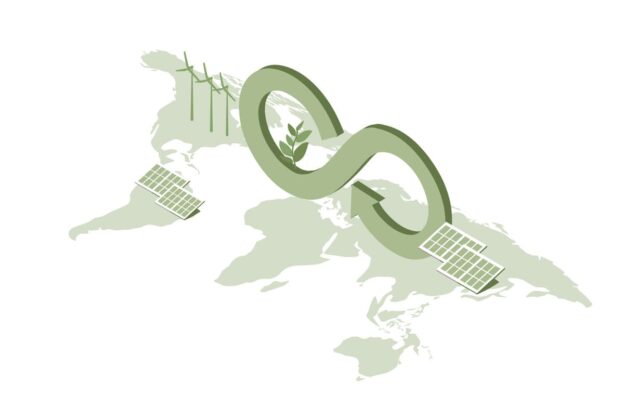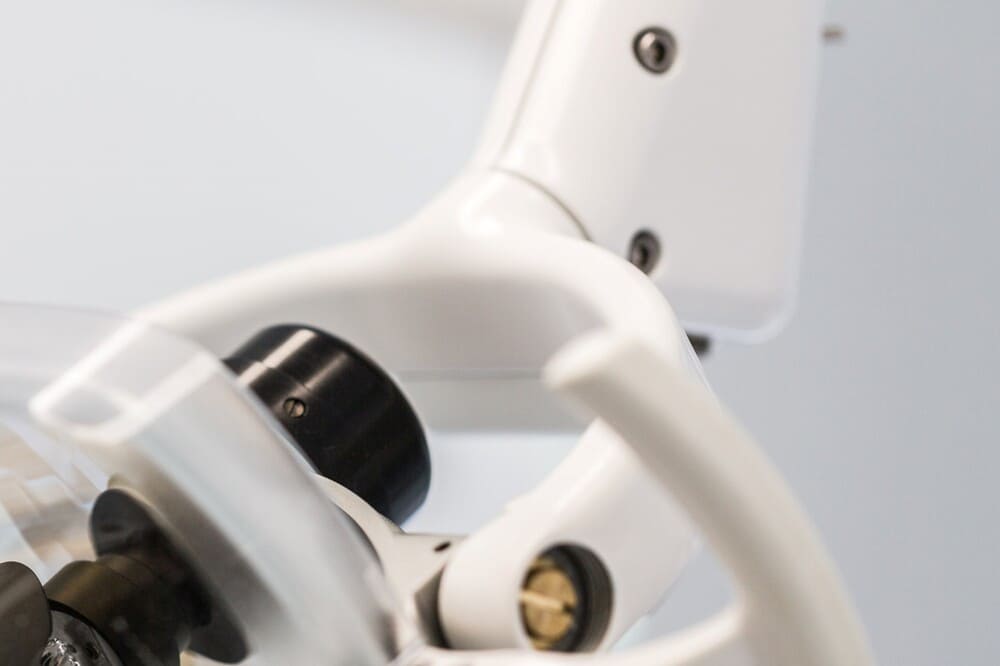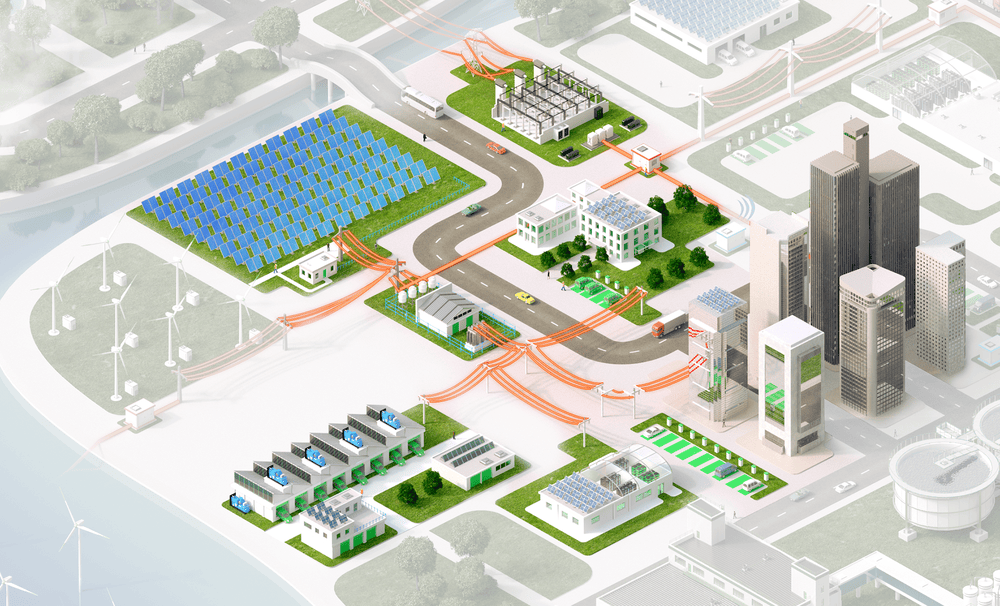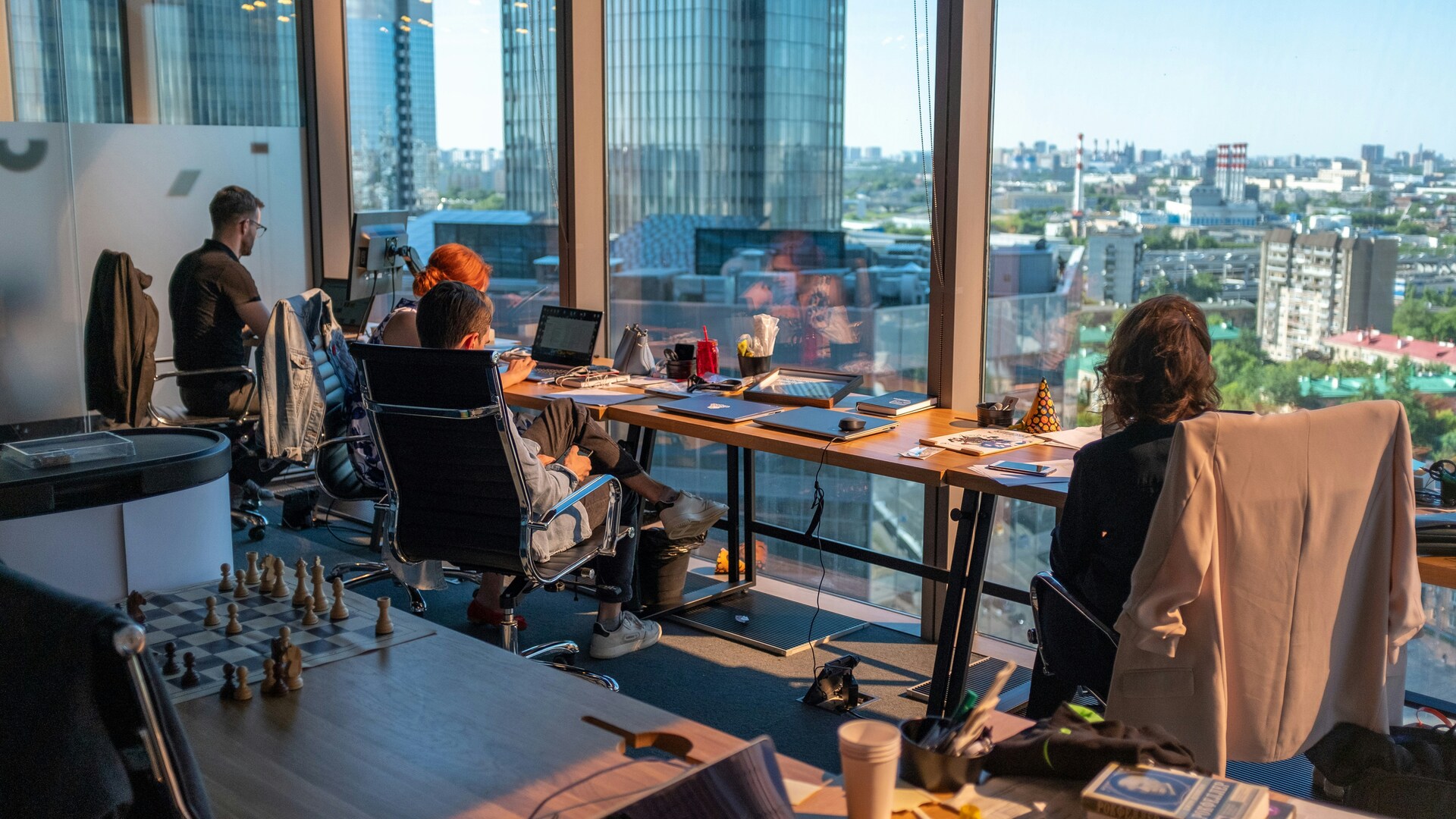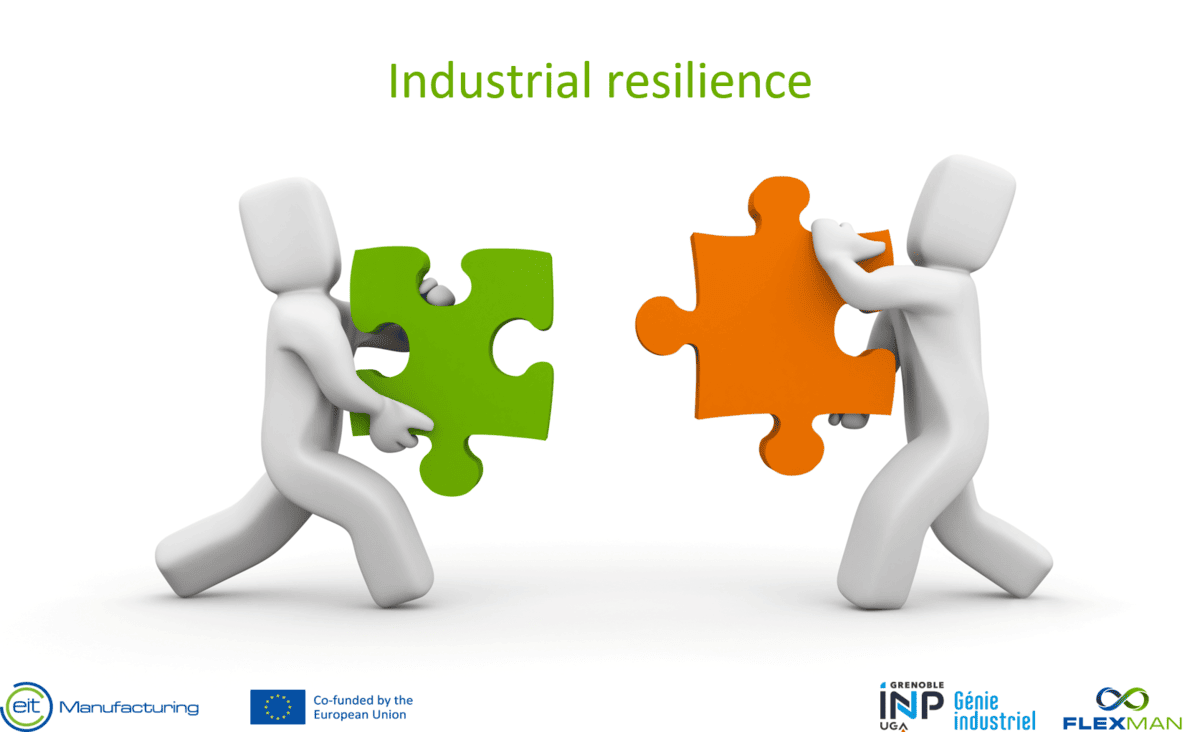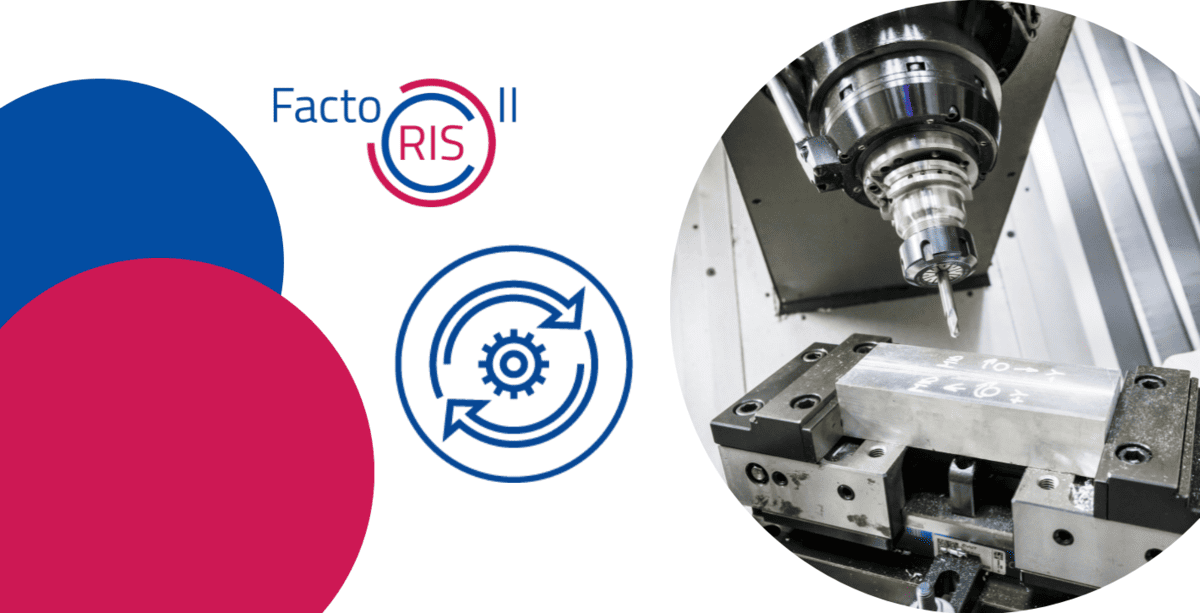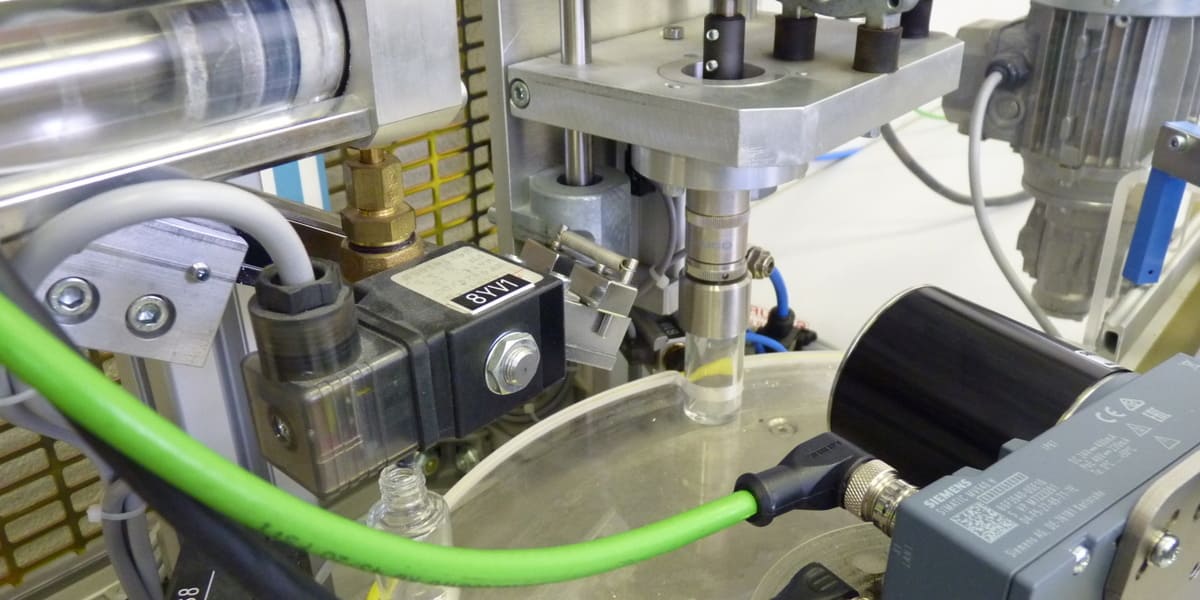Type of course:
Digital learning, Path
Language:
EN
Duration:
1 hour, 10 minutes
Workload:
6 hours
Proficiency:
Advanced
Target:
Manager, Professionals
The circular economy trend in the context of furniture refers to the adoption of strategies and practices aimed at reducing waste and maximising resource utilisation in the furniture life cycle. The main objective is to move from a linear model of production and consumption, in which furniture is produced, used, and then disposed of, to a circular model in which materials and products are reused, repaired, or recycled to extend their life and reduce their environmental impact. The transition to a circular economy in furniture not only contributes to reducing waste and pollution, but can also offer economic opportunities, such as job creation in the furniture repair and recycling sector. Furthermore, it fosters a cultural change that encourages consumers to consider the purchase of furniture as a long-term investment and to evaluate the sustainability of the items they choose for their homes. The module is meant to provide knowledge on current trends in furniture context related to the adoption of circular economy practices and suitable indicators to be used to assess the circular level.
Learning outcomes
- Learners are able to identify the circular economy practices applied in the furniture context by the end of the module.
- By the end of the module, learners are able to evaluate the circularity level of a product by means of proper metrics.
- By the end of the module, learners are able to make informed decisions on circular practices adoption.
LessonCircular economy trend in the furniture sector
Course Content
LessonCircular indicators for furniture
Course Content
LessonExercise on circular indicators calculation
Course Content
LessonQuestions on circular economy in furniture sector
Course Content
Topics
Environmental Sustainability, Remanufacturing, Sustainable Energy and Clean Technologies, Sustainable Manufacturing, Recycling, Refurbishment


